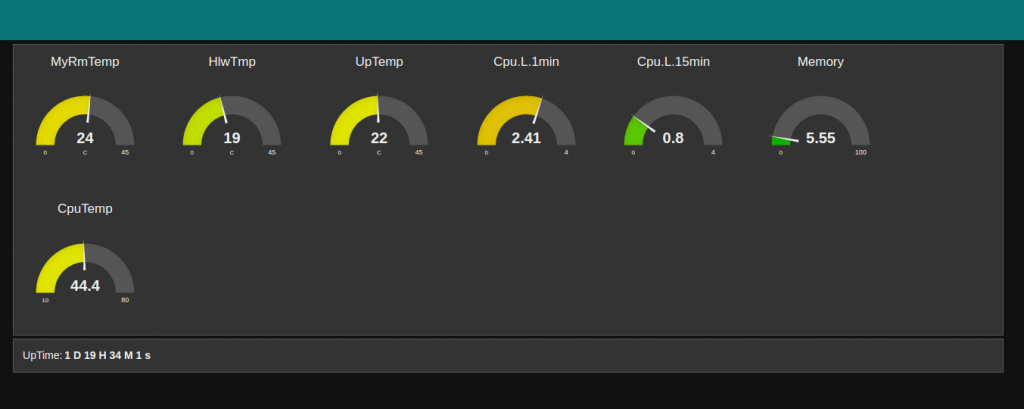Sonoff is cool little smart switch for not only home automation but for makers and hackers also, why? It’s based on ESP8266 plus it has tx/rx pins accessible and the hardware is well documented (schematics at the end of the post).
Now concerning the Sonoff original software I got it working after around 15 minutes of messing around. For some reason the app also needed my location information, sound recording, access to SD card and so on ….. so yeah not fishy at all. After successful pairing of the switch with app everything worked fine (around 5 minutes) until the app recommended the firmware update….. aaaand its broken. After the update the device was basically just push switch. After the update no matter what I did I could not reconnect the switch to the app.
Luckily I bought it to hack it. So here we go ….








